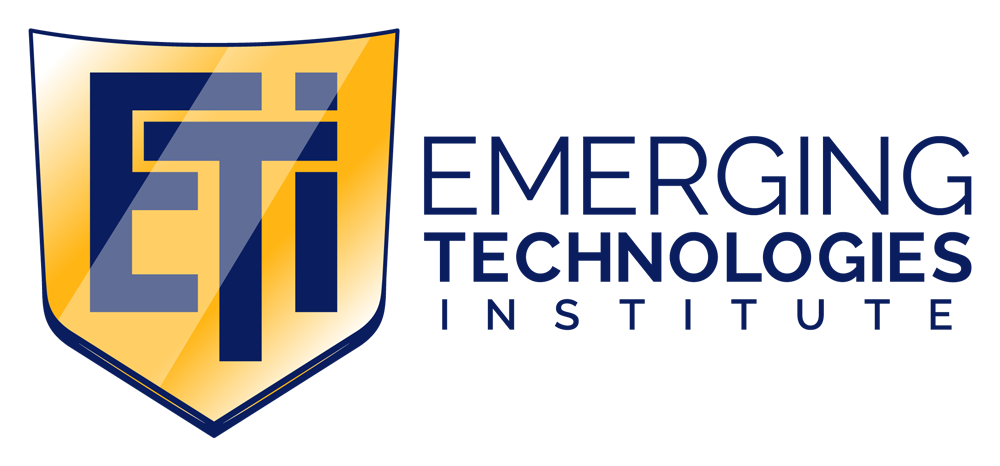TOGAF
Certification Exam Prep
About the Program
TOGAF, otherwise known as The Open Group Architecture Framework, is a detailed method and a set of supporting tools for developing an enterprise architecture within an organization. It essentially provides an approach for designing, implementing, and governing an enterprise information technology architecture.
Many of the world’s leading organizations use TOGAF to improve business efficiency and assist in their efforts in designing an IT infrastructure that can be adapted to meet their particular organizational needs and requirements.
This program is self-paced. Self-paced programs create a unique learning experience that allows students to learn independently and at a pace that best suits them.
Why Become TOGAF Certified?
Having the TOGAF Certification under your belt shows that you are an IT professional that can build and manage IT architecture. And, IT professionals with strong architecture skills are in high demand.
Some of the many benefits of becoming a TOGAF certified professional include:
Enhancement and affirmation of your professional skills
Improved prospects for rewarding assignments
Accelerated career advancement
Potential for a commanding salary (Jobs requiring TOGAF 9 Certification pay a median salary of $136,375.)
Greater peer recognition
In order to obtain the TOGAF Certification, candidates must pass two exams:
TOGAF 9 Part 1 Exam
TOGAF 9 Part 2 Exam
There is also an option to take a combined Part 1 and Part 2 exam.
TUITION: $547
Duration: 14 Hours
Includes e-books with practice exams.
Prerequisites: HS diploma/GED, basic computer skills and familiarity with the internet
Occupational Objectives: Business analyst, Project manager, Process engineer, IT architect, Software architect
Students have full access to the program for one year.
To learn more about ETI’s tuition and financial aid options, click here.
Course Outline
TOGAF 9 Fundamentals
Enterprise Architecture Basics
Content Framework and Capability Basics
Security and SOA Governance
Architectural Artifacts and the Enterprise Continuum
TOGAF 9 Advanced
Enterprise Architecture
Guidelines and Techniques
Content Framework and Continuum
Reference Models and Capability Framework


